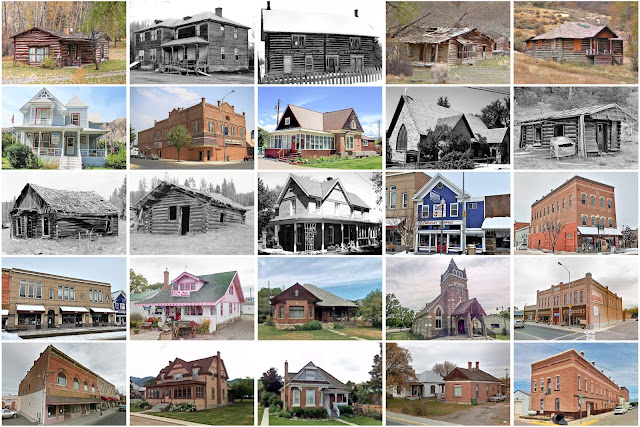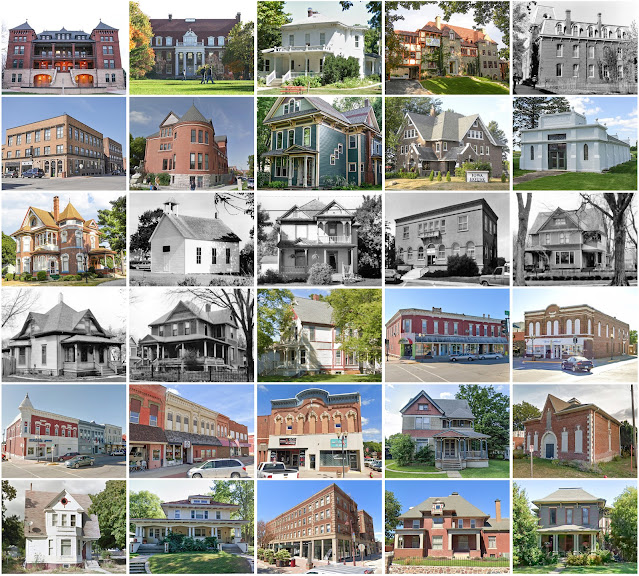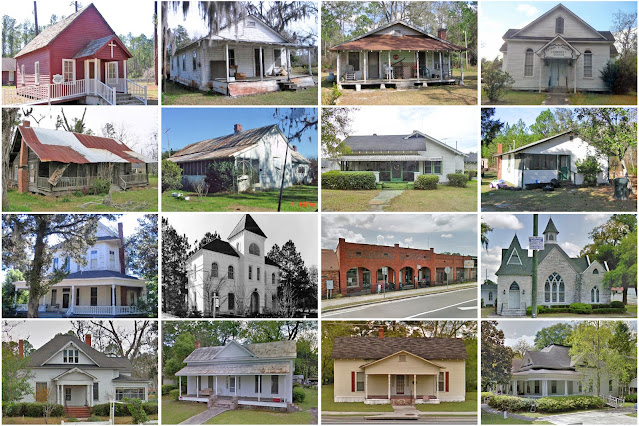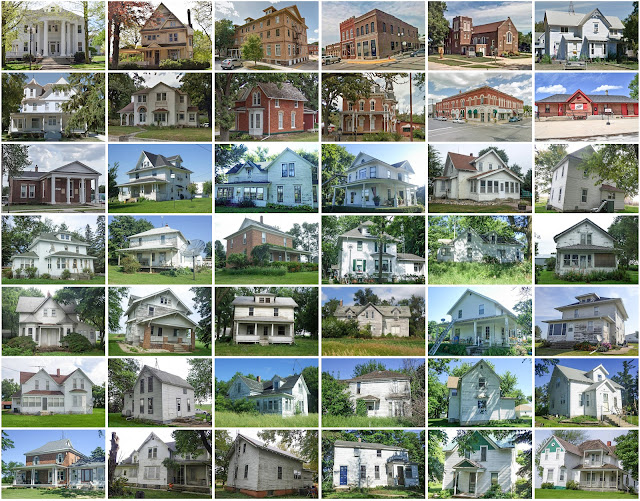Shelby County, Iowa

Founding: 1853 (declared in 1851) Parent counties: Pottawattamie and unorganized territory Namesake: Isaac Shelby, Kentucky governor Seat: Shelbyville (1853–1859); Harlan (1859–) Land area: 598 square miles Population (2020): 11,746 Population (historic): 818 (1860); 12,696 (1880); 17,932 (1900); 17,131 (1930) Periods of population growth: pre-1860–1900; 1920s Subdivisions: 11 cities; two CDPs; 18 townships National Register listings: 14 Pre-1940 residences (estimated): 2,197 (39.4%) Pre-1940 housing survival rate: 55.6% Farm housing in disrepair (1950): 3.6% Nonfarm housing in disrepair (1950): 2% Average farmhouse value (1930): $2,574 Average outbuilding value (1930): $3,082 Average farmhouse size (1940): 6.6 rooms Number of farms (1920): 2,049 Average farm size (1920): 162.8 acres Sources of settlement: Iowa, Illinois, Denmark, Ohio, Germany, Pennsylvania, and Indiana _________________________________________________________________________________ Harlan







